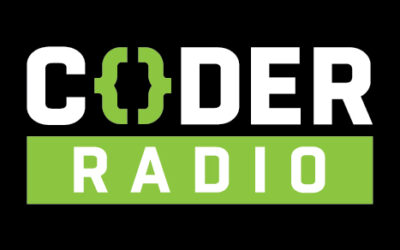Last week we discussed the transform phase of ETL and now it’s time to wrap it up with the Load phase. The Load phase is where transformed data is deposited into its target destination, whether that’s a data warehouse, a business intelligence tool, or another storage system. This step is crucial because it ensures your data is accessible, reliable, and ready to power decision-making processes. Let’s delve into the key aspects of the Load step.
Types of Data Loads: Batch vs. Incremental
Loading isn’t a one-size-fits-all operation; it depends on the nature of your data and the needs of your organization. Two common approaches are:
- Batch Loading: This method involves loading large volumes of data at scheduled intervals (e.g., daily, weekly). It’s ideal for non-time-sensitive data and can help minimize the impact on system performance during peak business hours.
- Incremental (Real-Time) Loading: Unlike batch, incremental loading updates the data continuously or at short intervals, capturing changes as they occur. This approach is essential for real-time analytics, such as monitoring sales or tracking user behavior on a website.
Choosing the right loading method depends on the frequency and volume of data updates your system can handle without compromising performance.
Key Considerations for Data Loading
The Load process is more than just transferring data; it’s about doing so efficiently and accurately. Here are some crucial factors to consider:
- Data Validation: Before loading, data must be validated to ensure it meets the target system’s requirements, such as data types, formats, and constraints. This step prevents bad data from contaminating your target environment.
- Error Handling: Errors during loading can disrupt the flow of information and lead to incomplete data. Implement robust error handling to log issues, roll back failed transactions, and notify relevant teams for quick resolution.
- Performance Optimization: Loading large datasets can strain resources. Techniques such as indexing, partitioning, and parallel processing can help optimize load times and ensure the system remains responsive.
- Scalability: As your data grows, the load process must scale accordingly. Leveraging cloud-based data warehouses like Amazon Redshift, Google BigQuery, or Snowflake can offer scalability with on-demand resources to handle large-scale loads.
Loading Destinations: Where Your Data Ends Up
The final destination of your data plays a significant role in how you load it. Here are some common targets:
- Data Warehouses: Centralized repositories like AWS Redshift, Azure Synapse, or Snowflake are designed for analytics and reporting. They handle large-scale data loads and offer high performance for complex queries.
- Databases: Relational databases (e.g., MySQL, PostgreSQL) and NoSQL databases (e.g., MongoDB) are commonly used for loading data that supports applications, customer records, or operational dashboards.
- Data Lakes: For storing unstructured or semi-structured data, data lakes (e.g., AWS S3, Azure Data Lake) provide a flexible storage option that can handle vast amounts of raw data.
- BI Tools: Directly loading into BI tools like Tableau or Power BI allows for immediate visualization and analysis, turning data into insights faster than traditional methods.
Best Practices for Data Loading
To ensure the load process is smooth and efficient, consider these best practices:
- Monitor and Log Load Activities: Continuous monitoring helps identify performance bottlenecks or errors in real-time, allowing for quick corrective actions.
- Automate the Load Process: Automate scheduling, validations, and error handling to reduce manual intervention and improve consistency.
ETL is a great way to empower your organization by leveraging all of its siloed data. Tools like Alice can help. Please let me know what you think and how your organization is handling ETL on LinkedIn.







